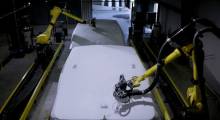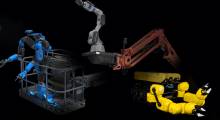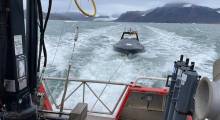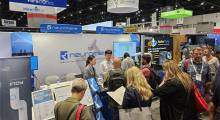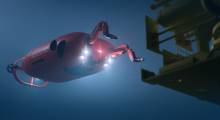Equipped with snow jackets, gloves, and luggage containing a host of cameras and sensors, Professor Hanumant Singh and a team of Northeastern University robotics researchers recently traveled to the Arctic with the goal of helping to address the climate crisis.
Using a robot boat, known as an autonomous surface vehicle (ASV), Singh’s team created 3D models of two glaciers to determine if they could track them melting in the span of hours and days. That timeframe will help shed new light on how fast they are dissolving, Singh noted.
In addition, the robot provided the researchers with the opportunity to map the front of the glaciers as opposed to the top, which is a view that is easily captured by satellites.
Capturing change at the top of the world
Singh’s team traveled to the northernmost Arctic field station in the world — the Ny-Alesund (79 degrees N) in Svalbard, Norway. There, the Norwegian University of Science and Technology provided the team with the robot boat, while Northeastern researchers supplied their own sensors and cameras.
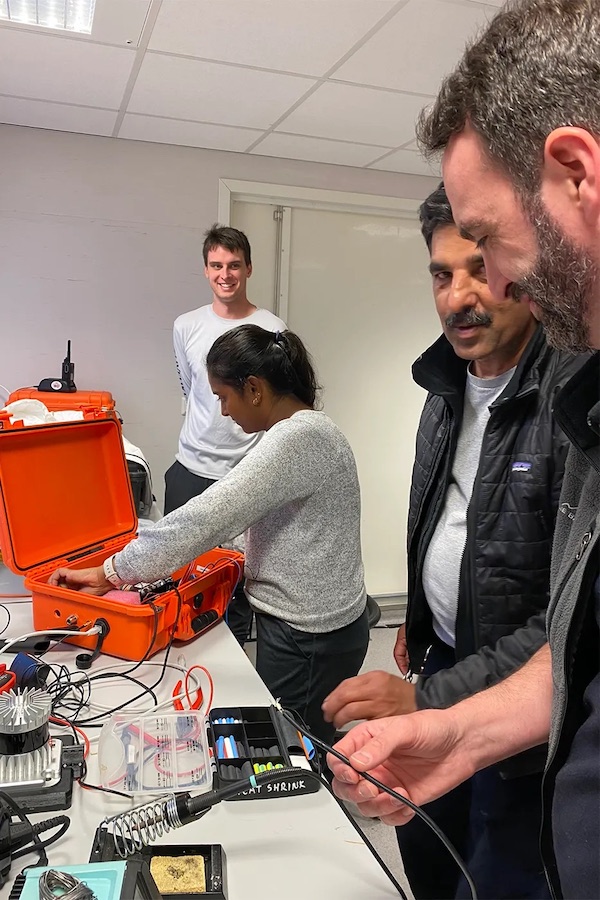
This is far from Singh’s first trip to the Arctic. He’s been there at least a dozen times and has done similar missions involving underwater robots and drones. While many roboticists focus on developing self-driving vehicles and other cutting-edge systems, Singh said he is focused on using robots to help solve environmental challenges.
“Yes, autonomous cars driving in Arizona and California are cool, but on a global scale, looking at climate change and how it’s affecting our planet is to me personally a more important problem,” he said. “The things we are doing in the Arctic are really trying to understand what is happening to our planet.”
This latest expedition included Singh, Prof. Michael Everett, Prof. David Rosen, and postdoctoral student Pushyami Kaveti, a researcher in Singh’s field robotics lab.
Their goal is to provide the findings to climate scientists for them to understand the changes that are occurring in that part of the world. Singh saud he and his team are still sifting through the data, and a paper on the group’s findings will likely be published within the next six months.
“People usually see change using satellites over the course of a few months,” Singh said. “We can definitely see over the course of a few years how these glaciers are receding. What we were really interested in is can we measure change in the order of hours and days?”
Scientists quickly map glaciers
The team created 3D maps of two glaciers — Kongsbreen and Blomstrandbreen. The team only had four days to complete the mapping. An expedition of this scale typically takes at least 10, Singh said.
Since the team was only there for a short time, they had to act fast and split viewing each glacier by day. At around 8:30 a.m. every day, it would head out to the water by boat, send the robot out, and spend the next few hours collecting data.
Then the researchers would head back to the station, eat lunch, and come back to collect more data.
“I am very, very happy and pleasantly surprised that we actually collected all this data,” Singh said. “Usually, if somebody told me that you only had four days on the station, I’d say, ‘You’re an idiot.’”
Kaveti helped develop the sensor suite that was placed on the robot while working in Northeastern’s field robotics lab. The suite consisted of two 12 megapixel RGB cameras, a lidar sensor, a GPS system, and an inertial measurement unit (IMU).
All those components working together allowed the team to get a clear picture of the glaciers, she said.
The Kongsbreen glacier was not actively breaking apart or “calving” while the team collected data, but Blomstrandbreen was. During visit to the glacier, Kaveti saw it calving seven or eight times.
“It’s hard to imagine the impact of something like this without actually being there,” Kaveti said. “Sitting in the university and going over articles or seeing a video of someone talking about it is very different than actually being there.”
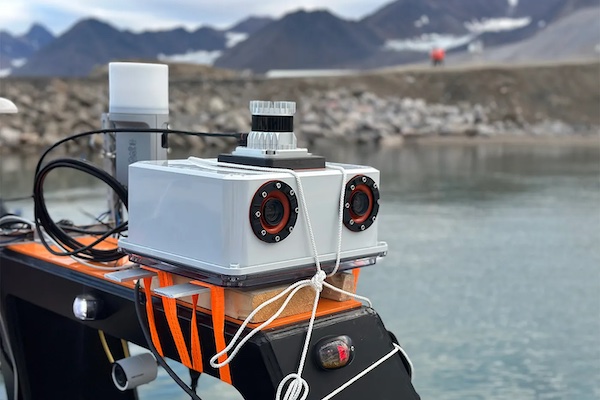
Robots take a closer look
Kaveti said the robots have several benefits for this type of mission. For one, they allowed the researchers to get a closer look at the glaciers. Since chunks of ice are actively falling from the glaciers, it’s not safe for researchers to be near them.
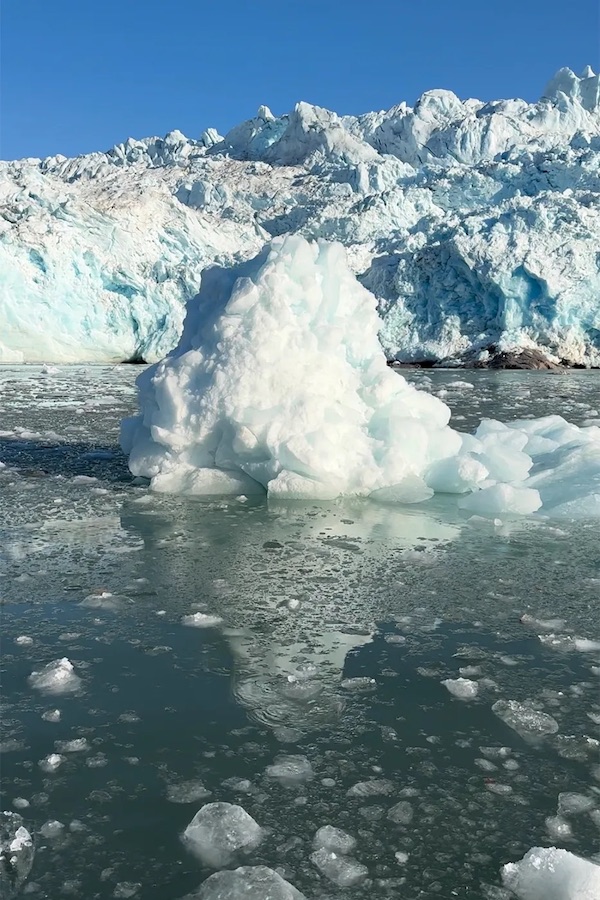
Rosen joined Northeastern University in fall 2021 and leads its autonomy lab, which uses math and algorithms to make autonomous systems more safe, reliable, and intelligent.
Everret joined the university in January and is helping lead a new lab focused on deploying machine learning systems that work reliably in real-world settings.
The trip served as an opportunity for the researchers to see firsthand how these robotic systems fared in some of the toughest environments where utilities, such as Wi-Fi, are unavailable.
“You really have to make sure that your equipment is ready to go, it’s well-tested, and it’s robust to these different environmental conditions,” Everett said.
Editor's note: Cesareo Contreras is now a Northeastern Global News reporter. This article is reposted with permission.
About the Author
Follow Robotics 24/7 on Linkedin
Article topics
Email Sign Up




